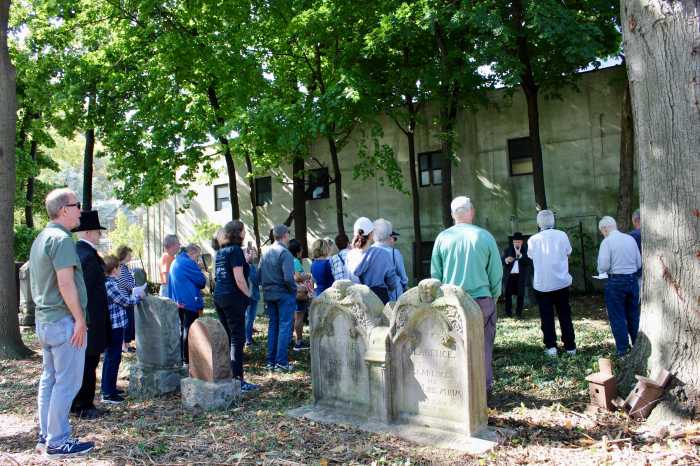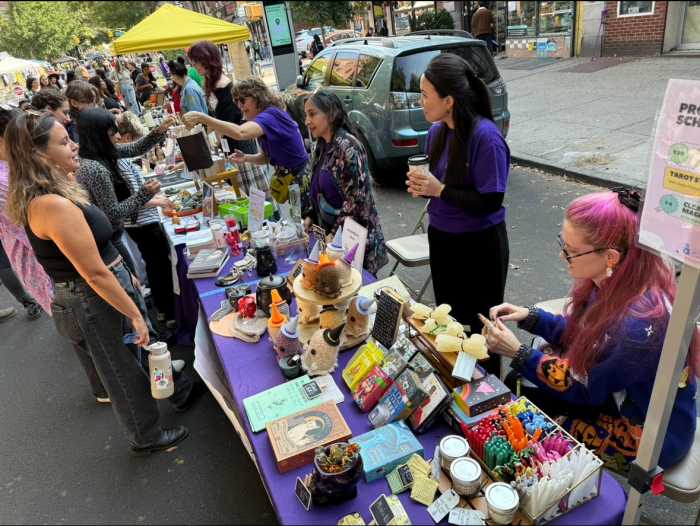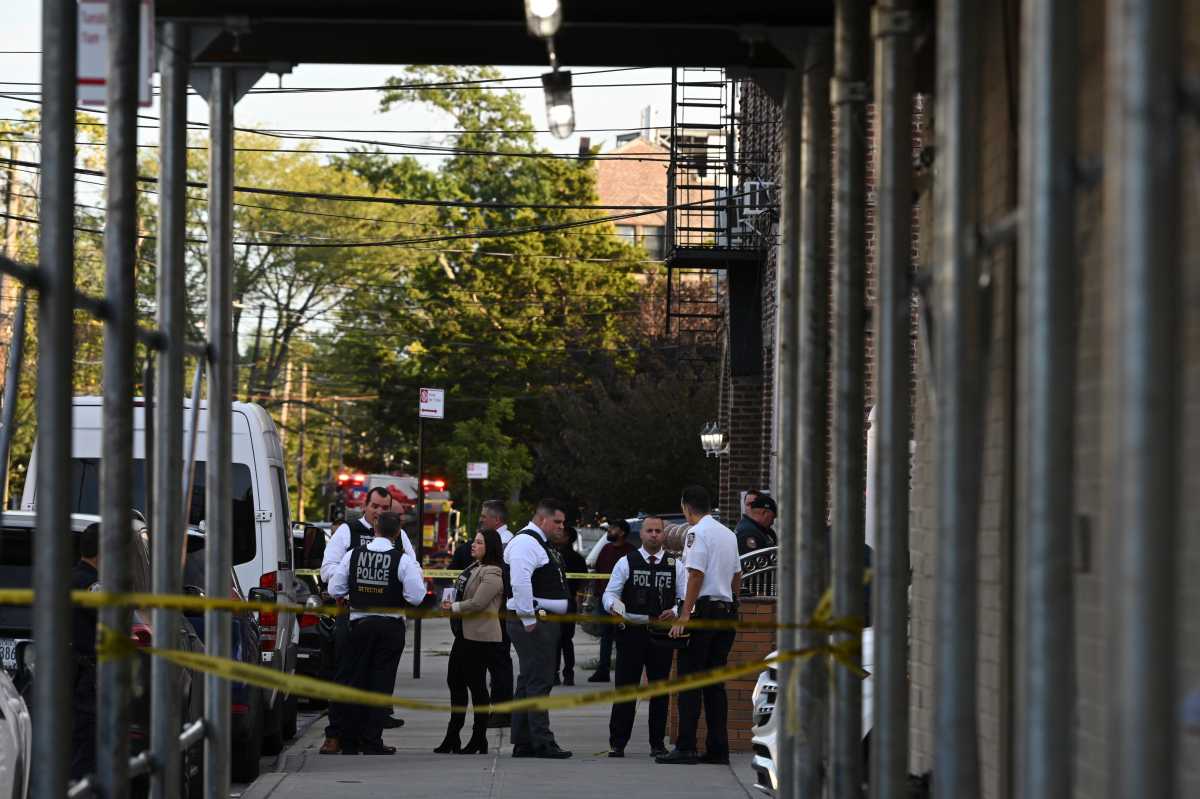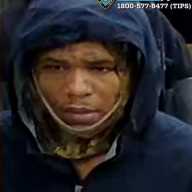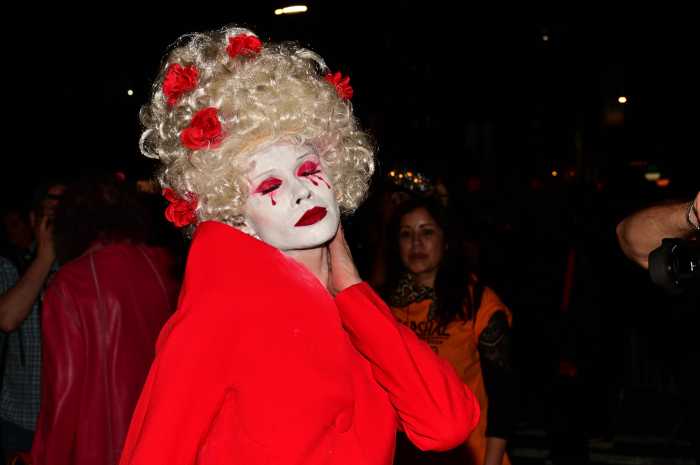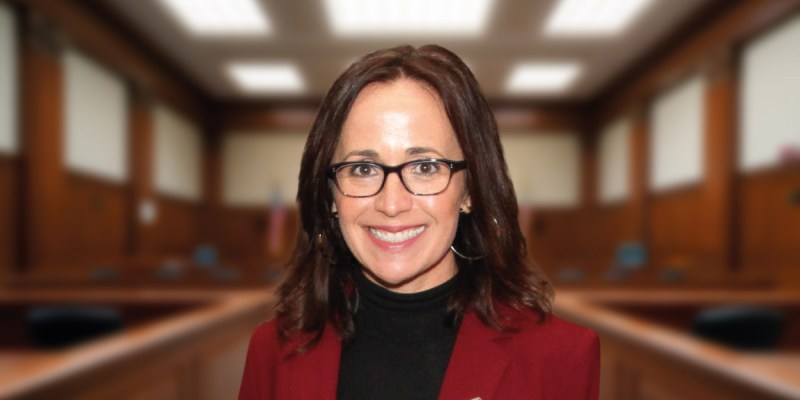She finds herself in a different shelter each morning, not knowing where she will find a place to rest the following night.
Martinez, who did not want her first named used, said that this is not the life she envisioned for her two young daughters, who she has shuffled from refuge to refuge for the past three cold, winter months.
She spends her days on a corner crowded with women just like her, looking for temporary, menial jobs that will help to feed their families. She is one of hundreds of immigrant day laborers that find themselves homeless in New York City.
Bearing the brunt of unstable earnings, every day is based on luck for the jornaleros, or day laborers, who, at the crack of dawn, wait along the sidewalks of Queens for the next passing van to stop – vans that carry the opportunity of employment.
But also each day they face the uncertainty about whether they’ll get work in the sectors that will have them – construction, gardening, cleaning or moving and with the downslide in the economy, this also means many have no place to call home.
“Most laborers are afraid shelters won’t take them. They fear incarceration and deportation, so they hide the fact that they are homeless,” said Edwin Melendez, director of the Center for Puerto Rican Studies and Urban Affairs and Planning at Hunter College. “It is all relative. If they are homeless, they haven’t showered, their clothing looks old, it makes them look less employable and so, more unemployed. It is a vicious circle.”
The New York City Department of Homeless Services (DHS) does not have specific statistics available on the number of homeless day laborers, according to spokesperson Heather Janik. Janik said that DHS extends services to anyone experiencing homeless regardless of immigration status or country of origin.
DHS has begun “exploring strategies to clarify an individual’s immigration status, as well as helping them obtain ID and fee waivers for documentation,” said Janik.
The estimated day laborer population in New York City is 8,283, and almost a third is homeless, according to a 2006 report called “La Esquina (The Corner): Day laborers on the Margins of New York’s Formal Economy.”
Approaching day laborers is a delicate task. According to the 2003 New York Day Labor Survey many are wary of “official” looking people because most don’t have legal documents. Based on the more recent La Esquina 74 percent of city day laborers are undocumented.
The report states that most day laborers are Latino, but there are informal hiring sites that are predominantly Irish, Sikh, Haitian, and Chinese. Certain sites have a large concentration of women, like Martinez, who search for day jobs as housekeepers, babysitters, or janitors. Many report experiencing sexual harassment, and the most common abuse for all is nonpayment of wages.
The dire circumstances faced by this population are relatively new and unexplored issues for New York organizations and government agencies, often due to the day laborers limited visibility and their hesitance to reaching out for help.
The New Immigrant Community Empowerment (NICE) in Jackson Heights organization and its executive director, Valeria Treves believe that a solution might be to provide more assistance to local church and community organizations.
“More has to be done to meet their needs,” Treves said. “More and more people are standing on the streets. Some of them even have legal status. There is sense of frustration in terms of the lack of jobs.”
Many day laborers suffer from overcrowding in homes, pooling their resources together to live in cramped apartments. However, an increasing number have turned to living in the streets because they cannot afford to pay for a single room. In January, a homeless day laborer was found dead in Staten Island, frozen in the cold.
“Last month I was almost forced to the street,” said Roberto Meneses, president of United Day Laborers of Woodside, explaining that many day laborers only find two to four days of work a month. “Immigrants are alone. They are only cared about when people are campaigning. We are tired of telling our story and seeing no results.”
The day laborers, along with almost 11 million undocumented immigrants nationwide, have sat on the sidelines of the immigration reform debate, the foremost piece of legislation that could change their lives forever.
“My commitment to comprehensive immigration reform is unwavering, and I will continue to be their partner in this important effort,” said President Barack Obama, about the proposals to fix the nation’s immigration system, after his Thursday, March 11 meeting with Senators Charles Schumer and Lindsey Graham and a delegation of grassroots leaders, including Chung-Wha Hong, executive director of the New York Immigration Coalition.
Hong said her organization would “take seriously the commitments the President made,” and his actions before a scheduled immigration march on Washington, D.C. on March 21.
However, some day laborers remain skeptical for their uncertain future.
“There won’t be immigration reform. They can’t agree on a health bill, let alone an immigration bill,” said Meneses. “Only we can help ourselves.”
For more information about the march on Washington visit www.WeMarchForAmerica.org or email march21@thenyic.org or call Natalie at 212-627-2227 ext 234.
— With additional reporting by Ana E. Azpurua and Claudia Cruz

